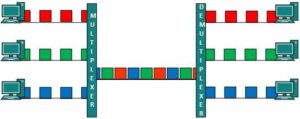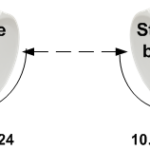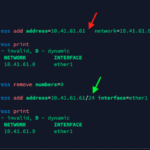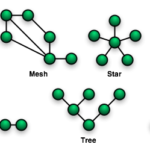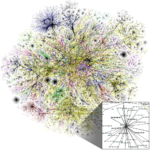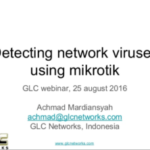For those who learns telecommunications or networking (computer) there is an important technology/concept that you need to know that is multiplexing. in this article, we will talk about what is multiplex, multiple access?. it would be better if you already familiar with the telecommunication terms.
So what is multiplexing or demultiplexing?
Multiplexing means a process to combine multiple signal stream (can be digital or analog signal) into one physical medium. At the end of communication link, there will be a demultiplexing process that split the combined signals into individual stream. These devices the job are called multiplexer (MUX) and demultiplexer (DEMUX / DMX). see picture below:

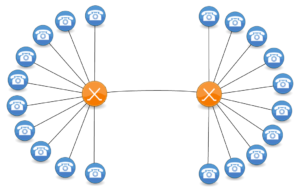
As you see in the picture above, multiplexing technique will reduce the total number of physical trunks between 2 sites. thus, it enables us to reduce communication cost as we pay today. 🙂
How to do multiplexing? there are many methods to apply multiplexing.
TDMA (time division multiple access)
TDMA means, each incoming communication stream will be given a time-slot in the multiplexed media. at the end on the link, each stream will be split again like original. see picture below:

TDMA is a very famous method which could provide stable quality of stream because each stream is guaranteed to have a time slot. used extensively in wired or wireless communication. (What is multiplex, multiple access)
FDMA (frequency division multiple access)
FDMA most likely is used in wireless communication. This means incoming stream will be assigned into different frequency
CDMA (Code-Division Multiple Access)
This method is used in wireless communication, where each communication stream (station) is identified by a unique code.
CSMA (Carrier Sense Multiple Access)
CSMA technique was standardized by IEEE with standard number 802.3 (ethernet). In this method, when a station wants to send data, it will sense the media to check wether its being used not not. if the medium is empty, then it sends. if there are 2 stations sending at the same time, there will be a collision, so each station will wait for a random time before sending the signal again.
Does the signal need to be digital in order to be multiplexed?
That depends on multiplexing type. FDMA can accomodate analog signal, but other techniques like TDMA requires digital signal. therefore, if the signal is analog before MUX, it needs to be digitized before multiplexing process.
Dedicated vs statistical MUX?
- Dedicated MUX means multiplexing process will dedicate slot for each incoming stream. for example: TDMA
- Statistical MUX means there no dedicated timeslot for incoming stream. As a consequence, there may be a time where contention happens, which cause the packet is drop. for example: CSMA with switch/hub.

multiplexing
Thank you for reading, hope you understand What is multiplex, multiple access
